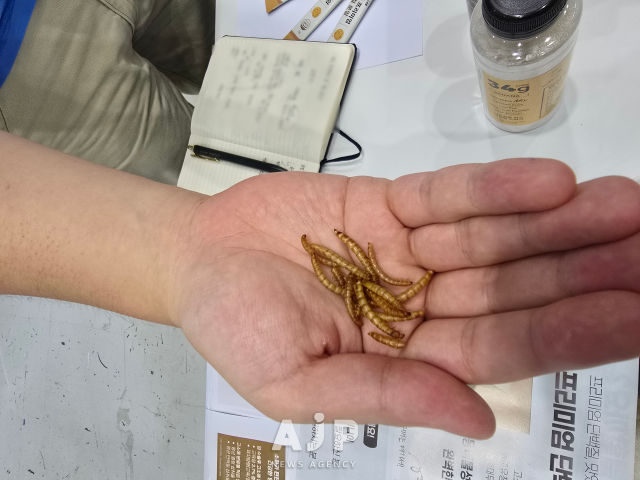
“These are mealworms,” said Celina Lee, founder and chief executive of Grub Lab, a South Korean food-tech startup focused on edible insects. She watched her guest's reaction with a practiced calm, then offered a second helping — this time, a generous scoop of golden-brown slivers still bearing traces of their original form.
“They taste better than they look, don’t they?”
Grub Lab is one of South Korean firms betting that insects — once a novelty street snack — could become a cornerstone of future global diets. As the world grapples with the looming threat of food insecurity, the race to develop sustainable protein alternatives has accelerated, and insects are emerging as an unlikely frontrunner.
With the global population expected to hit 10 billion by 2050, protein demand is projected to nearly double, putting unprecedented strain on agriculture and livestock production.
In response, the food industry is advancing three main alternatives: plant-based meat for vegetarians, lab-grown meat for traditionalists, and edible insects for scalable, low-cost protein.
South Korea, which has a long if sporadic tradition of insect consumption — including fried grasshoppers during harvest and silkworm pupae skewered on street corners — is positioning itself as a leader in the insect protein sector. A surge in patents, ranging from insect-based noodles to cheese, illustrates the scope of innovation.
“Insects are remarkably efficient,” Lee told AJP. “They consume one-fifth the water and one-fifteenth the feed of traditional livestock, while emitting just a fraction of the carbon dioxide.”
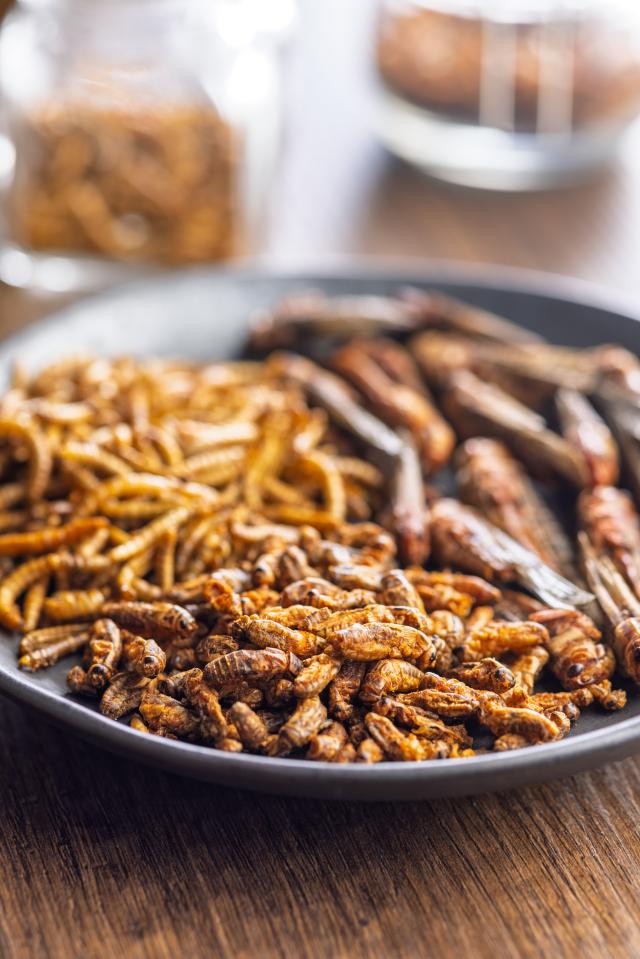
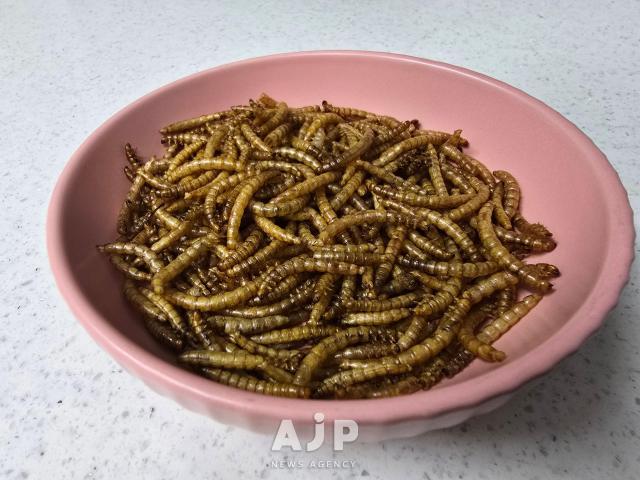
Referred to by industry insiders as “little cattle,” insects also require far less land, needing just one-fourteenth the space per gram of protein compared to cows.
With breeding cycles as short as two months, they allow for multiple harvests per year — making them both cost-effective and climate-resilient.
Market projections back the optimism. Precedence Research estimates that the global edible insect market, currently valued at $1.77 billion, will grow nearly sixfold to $9.14 billion by 2034.
In terms of nutrition, insects outperform many conventional meats. According to South Korea’s Ministry of Food and Drug Safety, mealworms contain 53 grams of protein per 100 grams — about 1.5 times more than pork.
Rice grasshoppers contain even more: 64.2 grams of protein per 100 grams and nearly 40 times the iron. Their fat content is significantly lower, and what fat remains consists mostly of healthy unsaturated fatty acids.
“Insects are the protein of the future,” said Kim Jae-keun, a professor of smart food resources at Donga University of Health. “They’re a viable alternative, particularly as extreme weather events — like the unusually intense monsoon season we saw this July — drive up feed prices and threaten traditional livestock.”
Kim sees smart insect farms as the next frontier: vertically integrated, climate-controlled facilities that can produce reliable yields regardless of external weather conditions.
South Korea’s government is beginning to act on that vision.
On July 16, officials in Gangwon Province broke ground on a 20 billion won ($14.5 million) industrial complex dedicated to insect smart farming. The 2.8-hectare facility will focus on mass-producing mealworms, grubworms, crickets, and silkworms.
“We want zero waste,” said Seok Young-seek, the center’s director. “Insects aren’t just food. Their chitin shells can be used in bioplastics and sensors. Their waste becomes fertilizer. There’s enormous potential.”
The first batch — an estimated 200 tons of mealworms — is expected by mid-2026. The complex has already drawn attention from major firms: LG CNS is participating in automation design, while food giants Pulmuone and Hanmi Nutrition have expressed interest in integrating insect protein into their offerings.
Despite the momentum, government data shows the number of edible insect businesses in South Korea grew only modestly in recent years — from 2,535 in 2019 to 3,031 in 2023, an 18 percent increase. That growth pales in comparison to the 180 percent surge in the four years leading up to 2015.
Total sales in 2023 reached just 47.3 billion won, marking a 5.3 percent increase from the previous year — a sign that consumer acceptance is still lagging.
“It’s really the visual aspect that turns people off,” said Lee Joon-ha, an expert in industrial insects at the National Institute of Agricultural Sciences. “People associate bugs with filth or household pests. It’s a deeply ingrained aversion that’s hard to change.”
To combat the stigma, officials have organized edible insect festivals and launched public campaigns, including naming contests for farmed bugs. But Lee says a more lasting shift will come only when insects are reimagined in the culinary space.
“Right now, we mostly see insects powdered, juiced, or dried. That’s not enough,” he said. “We need genuinely appetizing, original food products — things people want to eat, not just tolerate.”
Until then, startups like Grub Lab are pushing forward, hoping that taste, not appearance, will eventually win over the masses.
“Once people try it,” Celina Lee said, offering another sample, “they usually come back for more.”
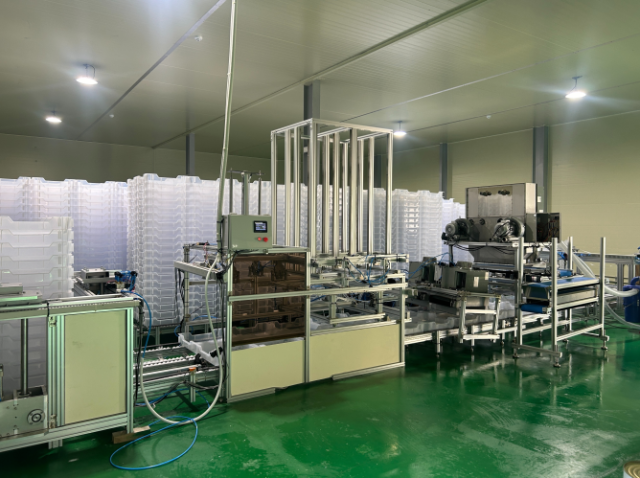
Copyright ⓒ Aju Press All rights reserved.



![[K-Tech] LG CNS ventures into insect farming using AI-powered breeding technology](https://image.ajunews.com/content/image/2025/07/16/20250716104846487109_278_163.jpg)
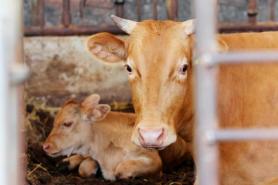
View more comments